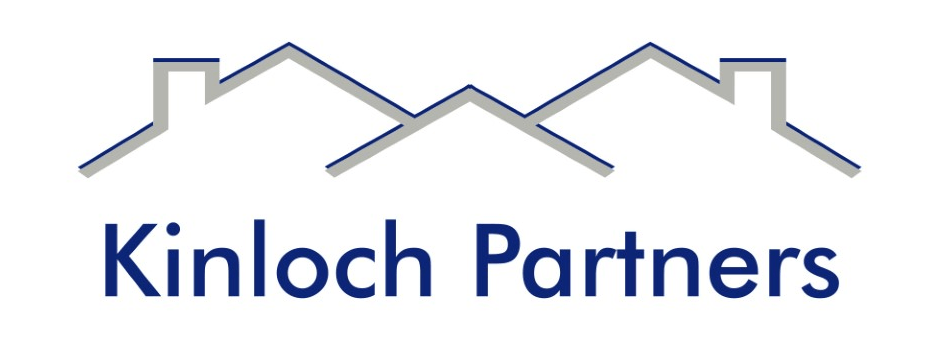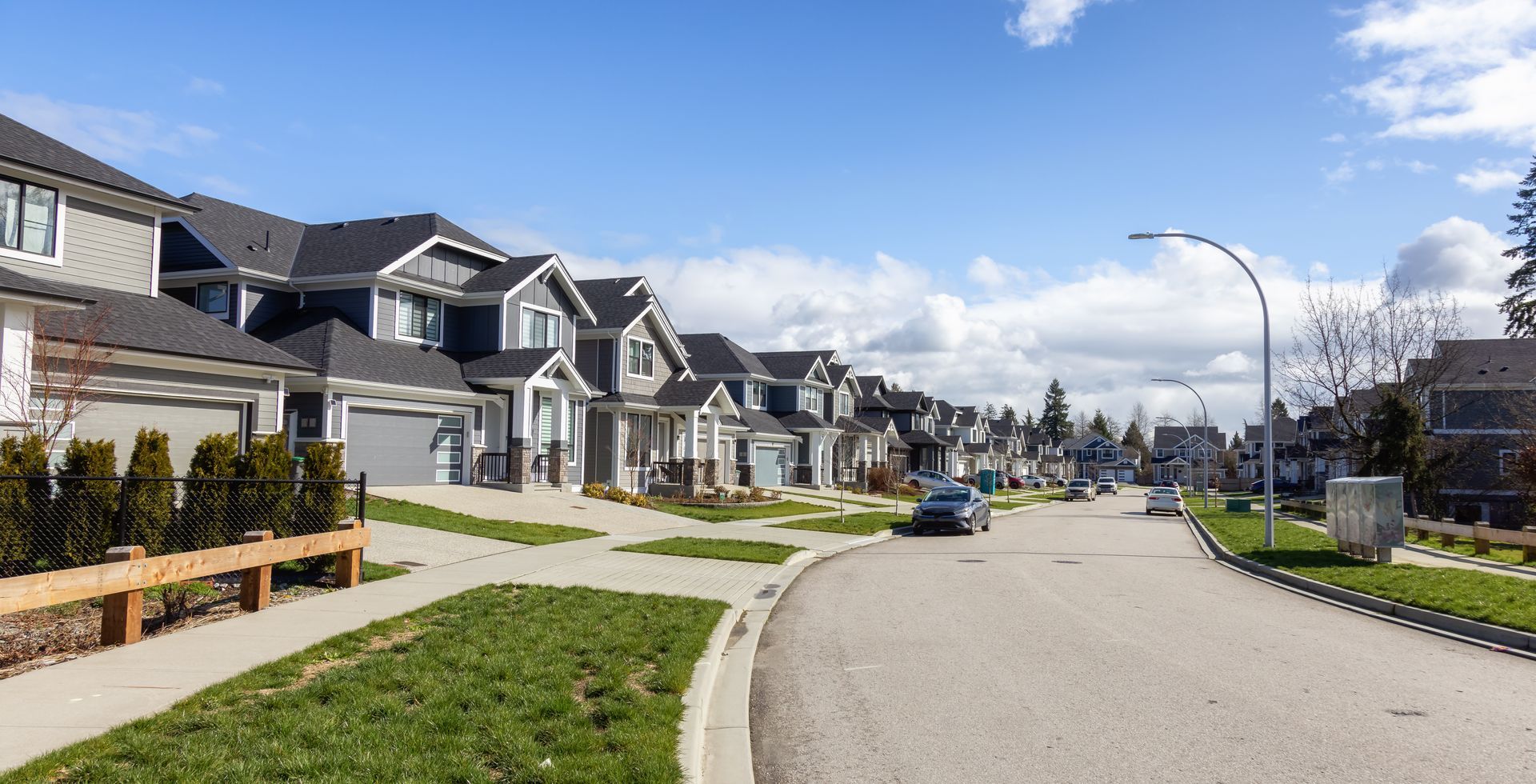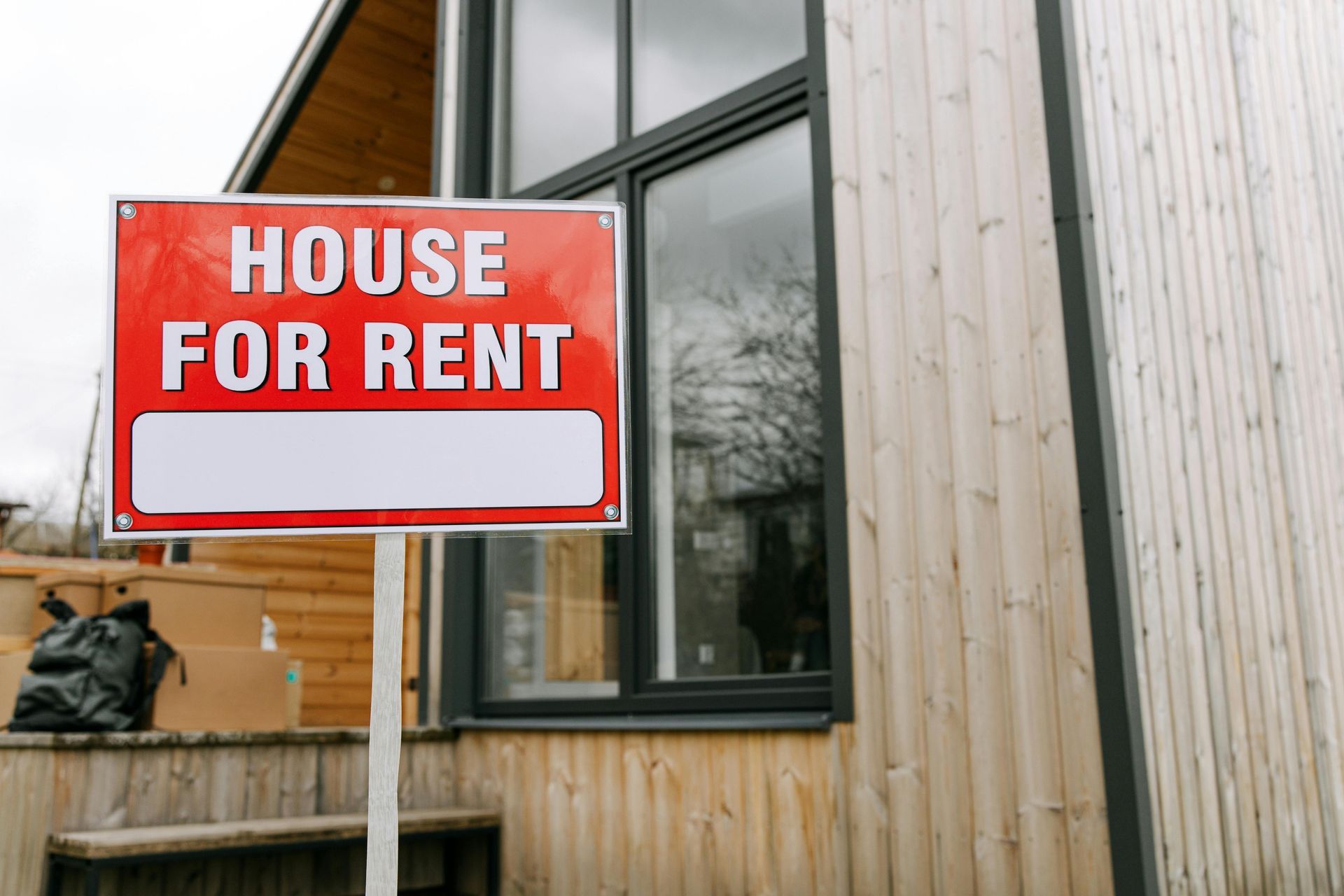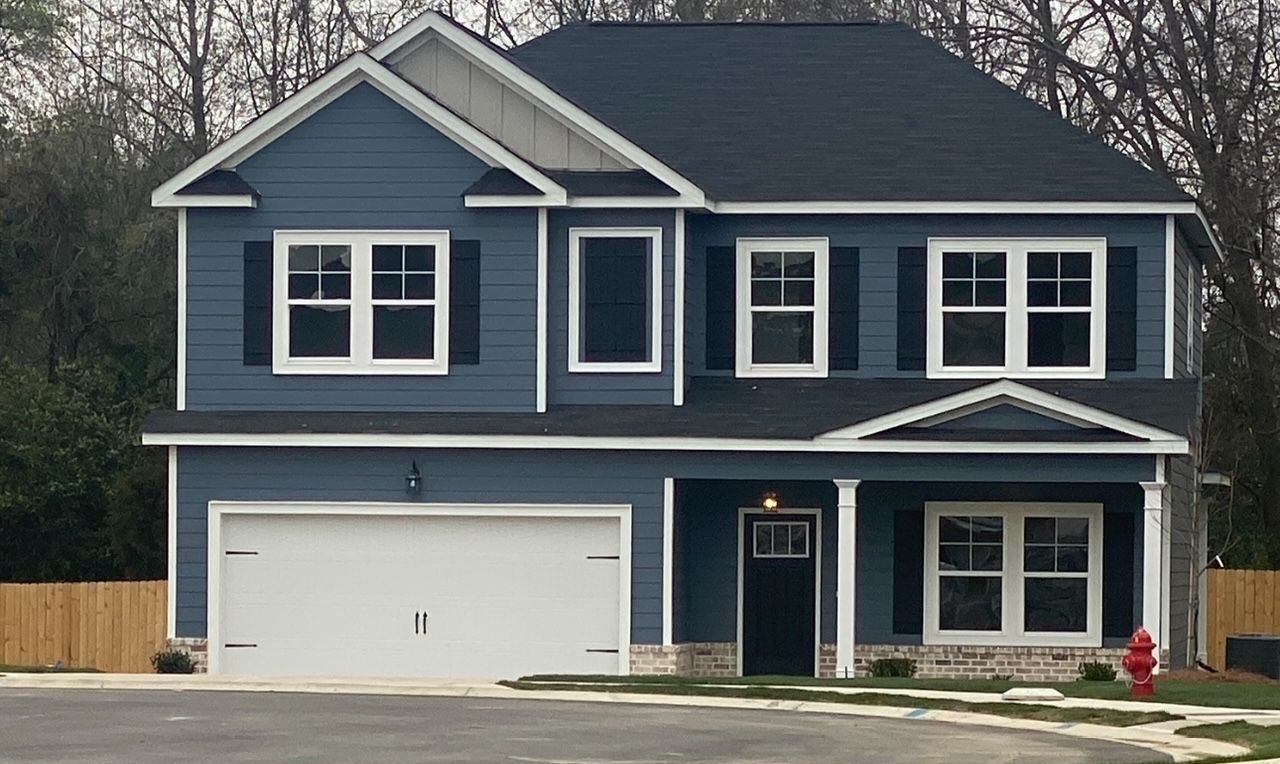How ‘build to rent’ movement could boost the mortgage market
 By Felipe Ossa
By Felipe Ossa
February 14, 2018
American Banker
https://www.americanbanker.
Also in Asset Securitization Report: https://asreport.
The ranks of renters have swollen since the financial crisis, but there are few foreclosed homes left to pick up on the cheap and rent out. So some of the biggest landlords are buying, or building, new single-family homes to pad their portfolios.
While the initial yields for new construction tend to be lower, these firms have access to cheaper capital than they did when they started out a few years ago; some have raised equity or obtained financing from government-sponsored enterprises. Consolidation has also created experienced property managers with huge economies of scale, another factor making new build more economical.
Though it will be awhile before these new homes show up as collateral for asset-backed issuances, their low maintenance costs and the higher-quality tenants that they attract should tend to reduce the overall risk in the pools.
Strategies vary among institutional landlords. Those hunting yield have kept their focus on older homes with, on average, lower-income tenants. But others have targeted relatively new homes. These include Progress Residential, Tricon American Homes, Invitation Homes and American Homes 4 Rent. And more recently, players have been moving into new build, with American Homes 4 Rent the most vocal about this shift.
“You’re starting to see build-to-rent because they’re able to do it at a price that makes sense to rent it out, which had not been the case before,” said Beth O’Brien, the CEO of Corevest Finance, a shop that provides mortgages to small but professional landlords who generally manage 50 to a few hundred homes. Institutional investors “tend not to be building it themselves but buying from people selling small pools and aggregating them,” O’Brien said.
Bruce McNeilage is one of those people. He’s the CEO of Kinloch Partners, a Southeast-focused real estate firm that buys single-family homes and has a building unit as well.
“Of the top 10 [institutional investors], we’ve sold to a number of them,” McNeilage said. The company is most active in the metropolitan areas of Nashville and Atlanta but also has been ramping up its business in the corridor in South Carolina from Greenville to Spartanburg.
High-caliber product
While declining to give names, McNeilage said growing appetite from the large players in the market will help double Kinloch’s revenue this year. “Not only are we selling more; these investors are saying, ‘Hey, when you have the next 50 houses, call us.’ We, in essence, have outstanding orders from three or four of the large companies. Literally, as many houses that we can get them, they’ll buy.”
Dennis Cisterna, CEO of Investability Solutions, a business unit of Altisource Portfolio Solutions – which provides a variety of services to the single-family rental sector – said the firm in late 2017 closed on its first purchase of a portfolio of new builds. Besides AH4R, Tricon and Streetlane are also moving in the direction of new builds, Cisterna added. Progress Residential is also reportedly active in this space.
Neither Tricon nor Progress – both of which regularly tap the securitization market for funding – responded to requests for comment.
While sourcing newer properties from third parties is the most common approach, American Homes 4 Rent has actually started to build its own homes. It appears to be taking it slow, having built 13 homes in the third quarter, according to a transcription of a third-quarter conference call published by Seeking Alpha. Still, this was a fraction of the 111 newly built homes that AH4R acquired through its National Builder program.
On the call, AH4R management projected spending $393 million in the build-to-rent space in 2018, with $261 million going to the National Builder program. The company’s total investment in build-to-rent for the third quarter amounted to $27 million.
“Evidencing the tremendous demand for newly constructed rental homes, many of our third-quarter … development deliveries have been leased and are now cash flowing at estimated yield premiums of 100 basis points over traditional channel acquisitions in comparable markets,” AH4R Chief Executive David Singelyn said on the call.
The company did not respond to a request for comment.
Certain geographies naturally lend themselves to new construction because foreclosures are exceedingly low, but there’s still heady demand for housing and plenty of space to build it.
“In Arizona, Texas, Georgia and Florida, there are tens of thousands of undeveloped lots that don’t make sense being developed as owner-occupied developments,” Cisterna said. “A lot of this is due to their location in secondary or tertiary markets of larger metro combined with tight credit markets for mortgages.”
Cisterna explained that these “further-out” locations must be more affordable to justify the longer work commutes. The lower home prices attract those who don’t have the income or credit to obtain better-situated places.
The internal rate of return necessary for development is too low for firms looking to sell the homes. “[But] as rental communities, the time to lease up … is much faster – usually three to four times faster – than selling the homes to potential homeowners, so the builder can move through the projects much faster,” he added.
An important advantage of newer rentals over older ones is much lower maintenance costs.
“You’re getting a high-caliber product,” Cisterna said.
And while the tenants for new homes may not have credit as pristine as that of homebuyers, they tend to be higher caliber than those renting older homes.
Investors have found “that the newest tenant is easier to manage,” said Gregory Rand, CEO of OwnAmerica, a platform for trading portfolios of single-family rentals.
Homeownership edging back up
Of course, the strength of build-to-rent in the single-family rental sector will be shaped by the strength of the rental market in general. And that, in part, hinges on whether people can or want to buy. The homeownership rate took a beating in the aftermath of the financial crisis, falling to 62.9% in the second quarter of 2016 from a peak of 69.2% in the fourth quarter of 2004.
The number of renters soared over this period thanks to an overhang of student loans and much tighter credit.
But more recently, homeownership appears to be edging back up. The figure for the fourth quarter of 2017 was 64.2%.
Rand, for one, believes that homebuyers will soon be competing with investors for new construction homes “in a big way,” even as the investors continue forging relationships with homebuilding companies.
This view is based on the fact that millennials, who have been taking longer than previous generations to get married and settle down, are starting to buy homes in larger numbers. Rand also expects that more confidence around employment should nudge up the homeownership rate.
The new tax law might also strengthen the hand of first-time homeowners, according to Fannie Mae Chief Economist Doug Duncan. By increasing the standard deduction, the law “could allow renters to save more and pay down their debts and potentially become owners sooner,” he said in a v https://asreport.americanbanker.com/video/why-single-family-rental-securitization-may-have-peaked
ideo interview< https://asreport.
On the flip side, there’s a compelling argument to be made that institutional investors have plenty of room to increase market share in single-family rentals. In total, they owned about 200,000 single-family rentals at the end of 2016, about 2% of an estimated nationwide total of 15 million, according to a report issued by Amherst Capital Management in August 2017.
In the multifamily sector, by comparison, institutional investors own over 50% of rentals, suggesting that there is room for the big landlords to grow in the single-family segment.
The overall investment of large investors in single-family rentals as of August of 2017 amounted to $33 billion, dwarfed by the estimated value of $26 trillion for the overall single-family rental market.
“Versus the mom-and-pop landlords, the lower cost of capital has gotten more pronounced,” said Sandeep Bordia, head of research and analytics at Amherst. He added that the big institutional investors have other advantages as well stemming from their economies of scale, such as securing bulk discounts on appliances.
Bordia said that there is evidence that in the wake of Hurricane Harvey, the large investor landlords generally repaired homes faster than small landlords because they tended to have insurance even for places outside the traditional flood zone.
Collateral for future securitizations
To date, few newly constructed homes have been used as collateral for asset-backeds. The rare examples have loans backed by multiple new homes that were included in multiborrower transactions. Six loans originated by CoreVest for Camillo Properties, a homebuilder in Texas, served as collateral for three securitizations issued in 2015 and 2016, at which time the homes were three years old, according to Kroll Bond Rating analyst Akshay Maheshwari.
The Camillo loans initially represented between 13.1% and 15.7% of the total issuance balance for each deal they collateralize. The remainder of loans in each deal are secured by properties that generally have relatively older build-dates. “Most of the Camillo properties were leased at the time each loan was originated,” said Daniel Tegen, another Kroll analyst.
Tegen said the large size of the loans and the nature of the underlying properties made then a “unique case” for a multiborrower securitization. Camillo “owns large plots of undeveloped land, so the majority of the homes in a neighborhood may have been constructed by and are owned by” the company, he said.
It’s considered unlikely that bridge loans used to build new homes will ever be securitized. “The properties that are in the securitization are stabilized properties,” said Kevin Dwyer, an analyst at Morningstar Credit Ratings. To be bundled into a deal they need to be ready to be leased, he said.
“We do offer bridge products and construction products and sometimes we offer them to build-to-rents,” said O’Brien. “But the stuff we’re securitizing is only stabilized assets.”
In the meantime, the cost of funding for institutional landlords continues to decline. O’Brien noted that yield spreads on Corevest’s securitizations – issued under the Colony American Finance name before the company’s acquisition by Fortress Investment Group in mid-2017 – have tightened since the first deal in October 2015.
Colony American Finance 2015-1 featured a AAA-rated, $168.2 million tranche that pays 170 basis points over swaps. The comparable tranche of a deal completed two years later pays just 90 basis points over swaps. The spread narrowing was even more pronounced for the riskier tranches of the two transactions, which moved in to swaps plus 125 basis points.
And the institutional players in the sector now enjoy a variety of funding options, as underscored by Blackstone Group’s January 2017 IPO of its Invitation Homes unit, which raised $1.54 billion.
The potential for continued involvement of the GSEs in the securitization space – Fannie Mae guaranteed a deal backed by a $1 billion loan from Wells Fargo to Invitation Homes in April 2017, and Freddie Mac did the same for a transaction by Corevest – bodes well for reducing the cost of capital for











